|
Now that we have completed the brief survey of the grasses (family Poaceae) of the shortleaf pine-oak-hickory woodland grassland we can move on to the forbs. Forbs are non-grass, non-woody plants, which basically means that they are not trees, shrubs or grasses. On the other hand, herbaceous plants include the forbs along with the grasses. It is mainly the forbs that make up the wildflowers of the grassland ecosystem, of which there are many. Wildflowers are foundational in that they are strongly supportive of insects because they provide nectar and many serve as host plants for insect larvae. And insects are the main (if not only) food source of a great many species, such as certain species of birds, small mammals, reptiles, amphibians and others. So this begins to give us a glimpse of just how important the forbs are to the food chain within the ecosystem, and just how interconnected all species within an ecosystem are. MINTS (FAMILY LAMIACAEA) Many mints are aromatic plants with square stems and they often have beautiful blooms making them important for animals attracted to nectar. Fortunately they are quite common in our grassland system and on Wafer Creek Ranch in Lincoln Parish. Here I will discuss only four native mints, but there are many more and all of the natives are important. Wild Bergamot, Monarda fistulosa, is a striking high C value perennial forb with a large distribution throughout North America. Known as one of the bee balms, it is a spring blooming mint in Louisiana. Wild bergamot is a spectacular blooming plant and an excellent attractant for many insects, including such pollinators as bees, butterflies, wasps, flies and many other pollinators (which include hummingbirds). It’s also host plant to moths such as hermit sphinx moth, orange mint moth, and raspberry pyrausta. Wild Bergamot, Monarda fistulosa (purple) and Blackeyed Susans (yellow). Little Bluestem in background. Pipevine Swallowtail Butterfly on Wild Bergamot Azure Blue Sage, Salvia azurea, is an impressive (up to six feet tall) erect perennial mint existing in our woodland. Its range is centered in the Midwest but from there the range extends rather far eastward and westward. A high C value forb species, azure blue sage in some states (other than Louisiana) has become rare and listed as a threatened species. The leaves are elongate and smooth to slightly serrated, and the stems are long, uniform and sometimes only minimally squared. Also, I find azure blue sage to be minimally aromatic for a mint. Azure Blue Sage, Salvia azurea Whiteleaf Mountain Mint, Pycnanthemum abescens, is a striking perennial forb mint with a unique sweet minty aroma of the crushed leaves. It has been used as a spice in cooking. Both because of its smell and the distinguished frost-colored leaves located at the top of the plant, whiteleaf mountain mint is one of my favorite wildflowers. It must be so for insects too as the blossoms are often busy with buzzing insects and other pollinating animals. The range of whiteleaf mountain mint is the southern Midwestern and eastern coastal states. Whiteleaf Mountain Mint, Pycnanthemum albescens Spotted Beebalm, Monarda punctata, is another native perennial mint and nectar provider. The words “spotted” and “puntate” refer to the spots on the yellow tubular flowers that are being visited by the Monarch in the picture. It was passing through in November on its way to Mexico, making this pit stop in an effort to build up its energy resources for the long trip. Spotted bee balm is fairly common in central and eastern North America. Monarch Butterfly on Spotted Beebalm, Monarda Punctata
2 Comments
Leave a Reply. |
Johnny Armstrong, Author
#Biodiversity advocate. Ecosystem Restorationist. Steward of an old-growth forest and woodland in northern Louisiana. #ForestFolkMatter #ScienceMatters Rescuing Biodiversity (publishing in June 2023) tells the story of Johnny's attempts at Wafer Creek Ranch to preserve a vanishing Louisiana ecosystem and restore the animal and plant species that once lived there.
“An avowed student of life and restoration ecology, Johnny Armstrong expertly teaches us how to restore an imperiled southern ecosystem based on deep research, firsthand experience, and delighted observation of the species that return to his beloved Wafer Creek Ranch. Driving his devotion is the alarming truth that loss of biodiversity poses a threat on par with climate change and his impassioned belief that society can alter that trajectory, one acre at a time.”
Cindy Brown, Executive Director Land Trust for Louisiana “Up there on your bookshelf between Tolkien and Watership Down is where this book belongs. As an anthropomorphic adventure that winds through the realm of animals possessing courage, savagery, perseverance, and ultimately wisdom in the face of mounting evil threats – humans disconnected from the natural world – the tale is relevant, if not necessary.”
Kelby Ouchley, Author Bayou Diversity: Nature & People in the Louisiana Bayou Country Find an Indie Bookstore
Archives
September 2023
Categories |
CONNECT WITH JOHNNY & THE FOREST-FOLK
JOIN US AT THESE SOCIAL NETWORKS
Shadowshine, An Animal Adventure
by Johnny Armstrong ISBN-10: 1771834609 ISBN-13: 978-1771834605 #ForestFolkMatter #BookstoRead #Fiction #Literature #LiteraryFiction #AnimalFiction |
|
Official Site of Shadowshine, An Animal Adventure ©Johnny Armstrong
Website Developed and Managed by Freelance Creative Support Services
Website Developed and Managed by Freelance Creative Support Services

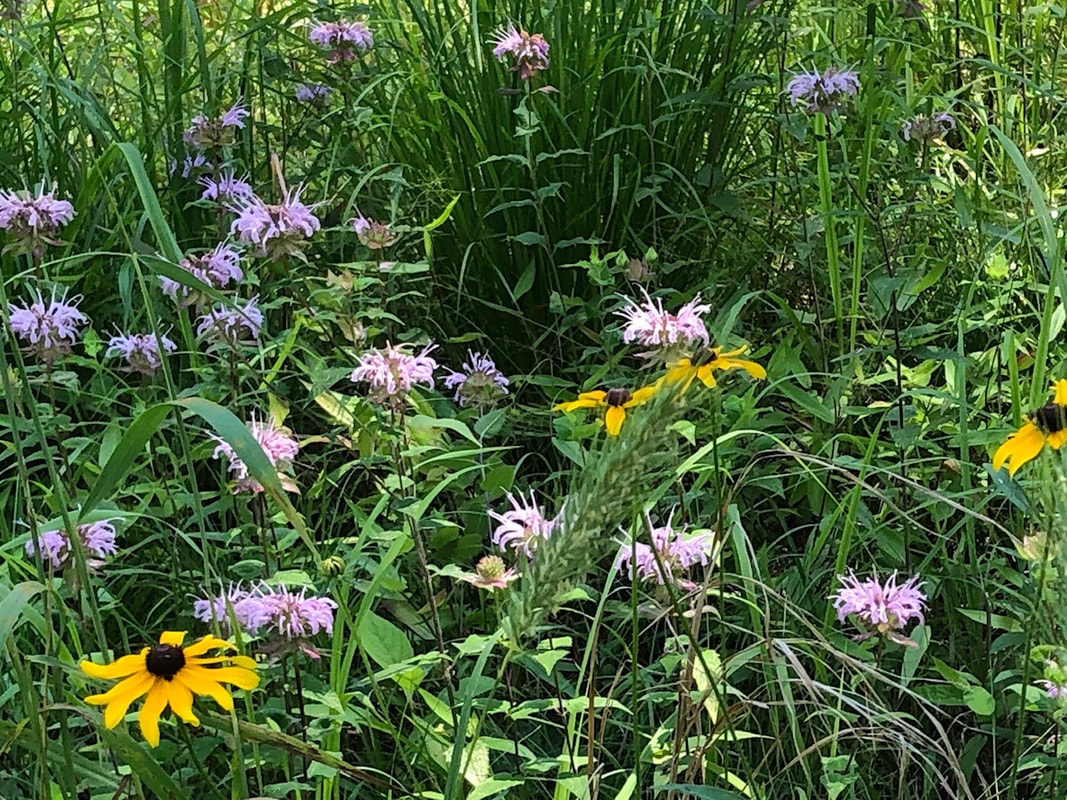
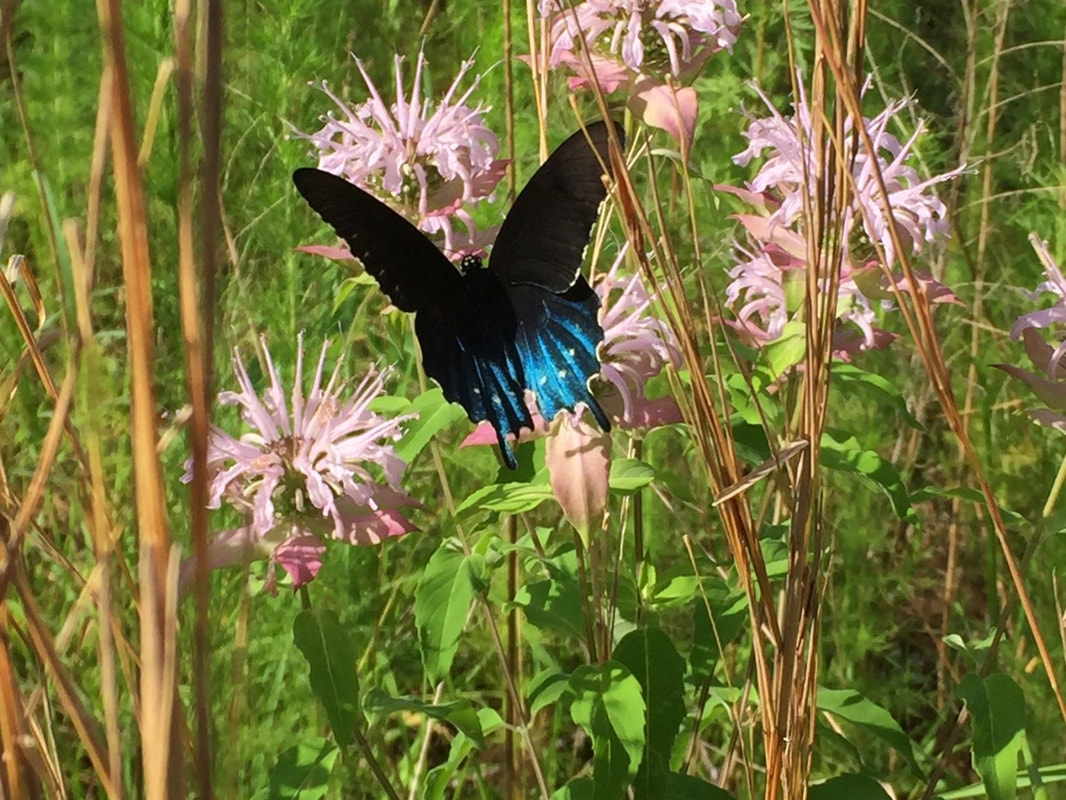
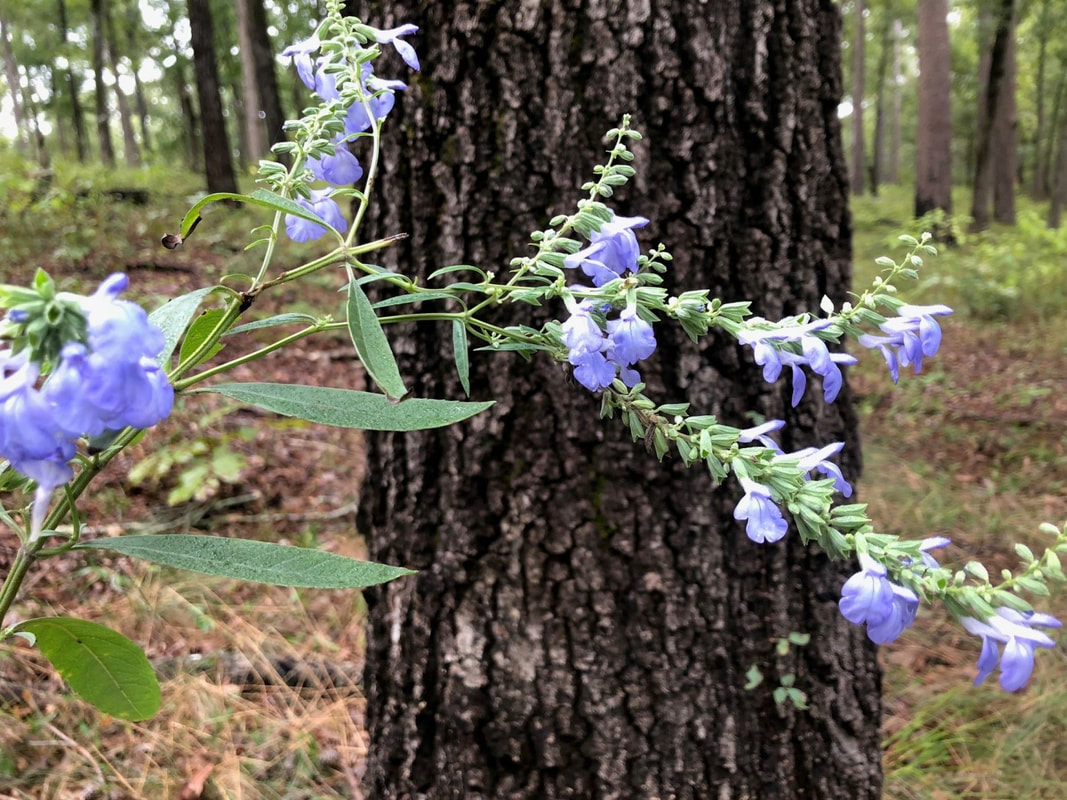
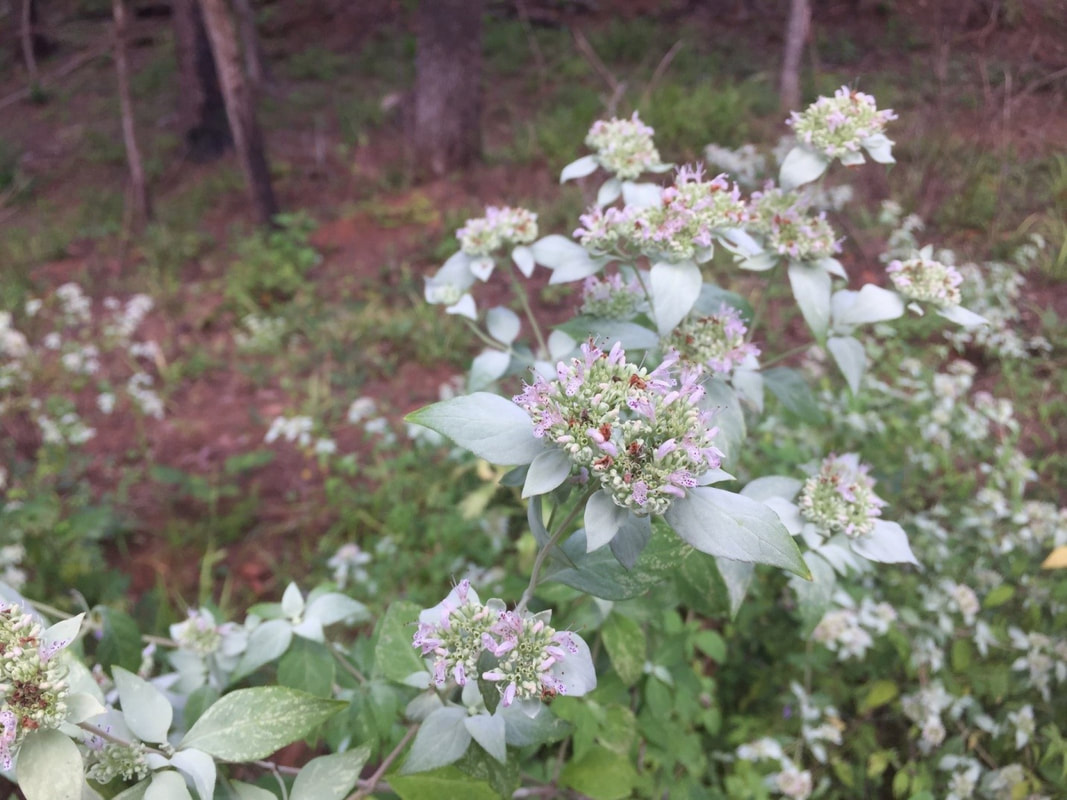
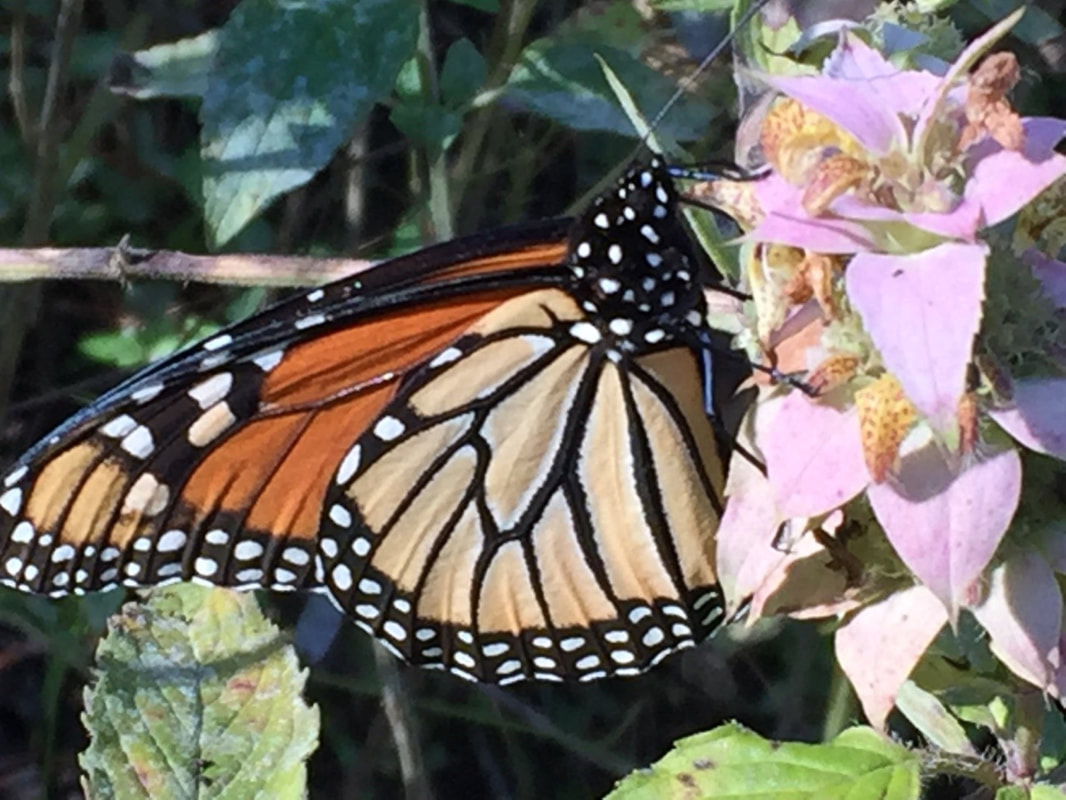

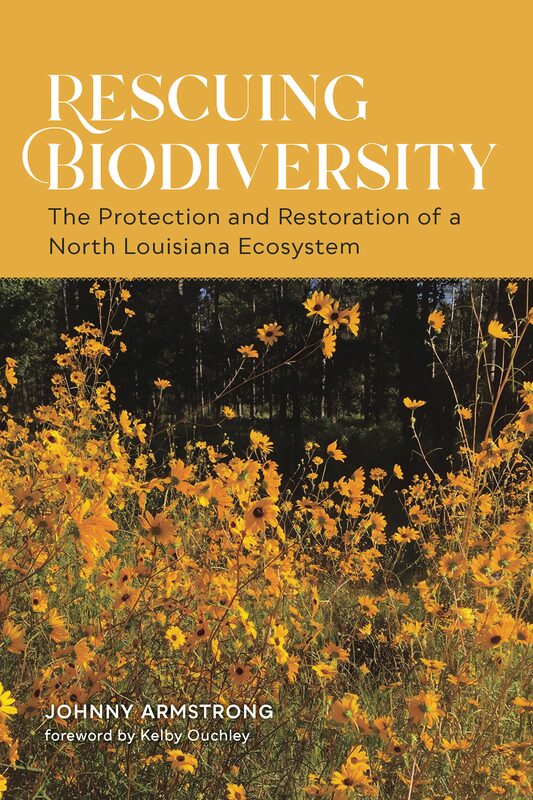
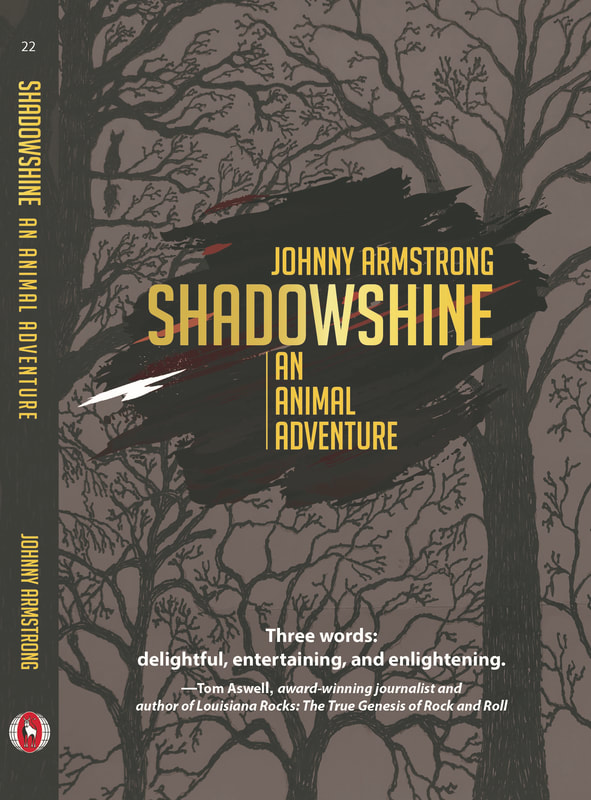

 RSS Feed
RSS Feed
